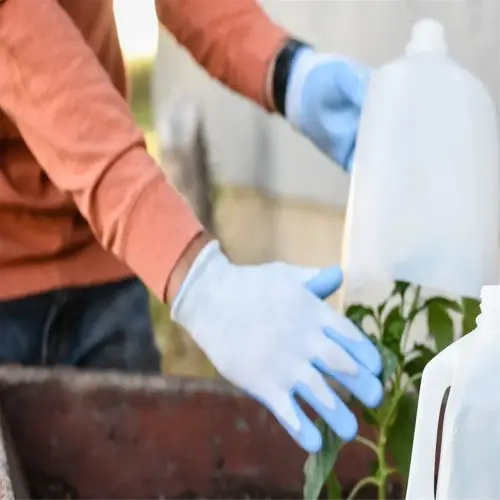How can I improve drainage in my raised bed?

Written by
Benjamin Miller
Reviewed by
Prof. Charles Hartman, Ph.D.Excess moisture from inadequate drainage converts raised beds into tombs for your plants. I have helped raise beds where the zucchini roots rotted within 2 weeks because the soil was simply too compacted. The key is a layered design and amendments. First, you need to process the current drainage rate of your raised bed - pour 1 gallon of water. Now, if the water pools for longer than 90 seconds, start making a move.
Base Layer Materials
- 4-6" wood chips: Decompose slower than straw, allowing 2x more airflow
- Lava rock: Resists compaction, lasts 5+ years vs gravel's 2-year lifespan
- Avoid: Gravel (traps water) or plastic sheets (blocks roots)
Soil Amendments
- 20% perlite: Increases oxygen flow to roots by 40%
- Coarse sand: Mix 1:4 with topsoil for heavy clay soils
- Biochar: Retains nutrients without waterlogging (use 10% volume)
Maintenance Tips
- Aerate monthly: Push a garden fork 6" deep, wiggle gently
- Slope beds: 2% grade away from center prevents puddling
- Mulch: 2" straw layer reduces compaction from rain impact
Slope is more important than you realize. A client's spinach bed stopped drowning after we re-graded it to a 2% slope, which is a 1-inch drop over 4 feet. Use a carpenter's level to check this. For existing flat beds, just add 3" more soil at one end.
Be careful about overwatering, it's the silent killer. I water only until the soil feels like a wrung-out sponge at 6" deep. To check the moisture level, probe the soil with a dowel; if the dowel comes out muddy, hold off watering. Soils that are too wet will suffocate roots quicker than drought will. Use a $12 moisture meter for accuracy.
Read the full article: 7 Expert Tips for Perfect Raised Bed Soil Every Time

